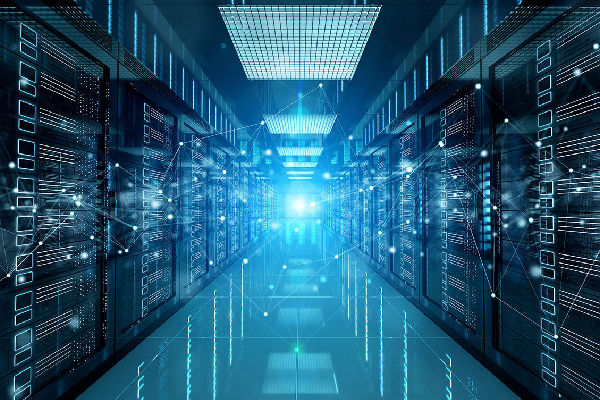The New Mainframe: Serverless?
- techfetchrposm
- Jun 22, 2021
- 2 min read
Updated: Jul 7, 2021

The mainframe has evolved from solitary machines to devices that are now connected with other computers through the internet. The new mainframes can run on a much smaller scale, and they have self-contained power sources, so there is no need for an operator. These advances could help prevent disasters like Fukushima or Three Mile Island in future nuclear plants because these modern systems closely monitor all aspects of operations.
Although scaling up a node is an easy option for more computing power, it can also lead to increased overhead when transitioning between different cloud providers. If you're looking for the easiest way to scale your application without increasing complexity and cost, then
Mainframe Idiocy might be the answer.
Some say the whole point of a career is to find mainframe jobs in minnesota that don't feel like work. Getting paid for something you enjoy doing sounds great, but how do we know if it's really as rewarding and satisfying as our current jobs? Perhaps this was true in previous decades when life seemed simpler, or maybe not. It would seem there are workloads everywhere - from the office to family commitments at home to problems caused by climate change on an international level- so what options might be available today?
The three core tasks of a serverless solution are triggering, executing, and producing output. These operations compare to mainframe batch and interactive workloads (OLAP), as the mainframe is adept at running code or function across a large number of iterations. Similarly, deploying and executing Lambda functions takes less time than using traditional servers; while challenging for some with iron experience-the, the goal runtime for a MainFrame OLAP task is fairly close to that in ServerLess implementations.
Read More : Mainframe Talent Acquisition



Comments